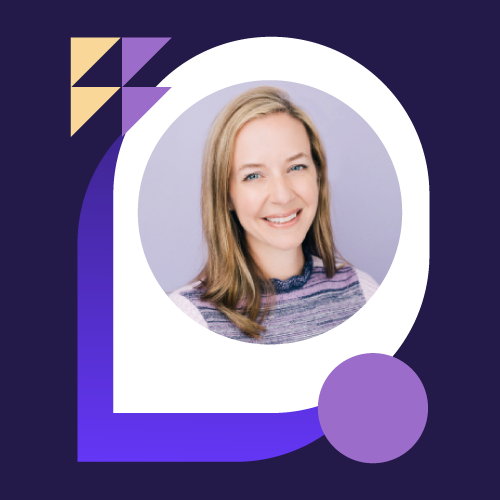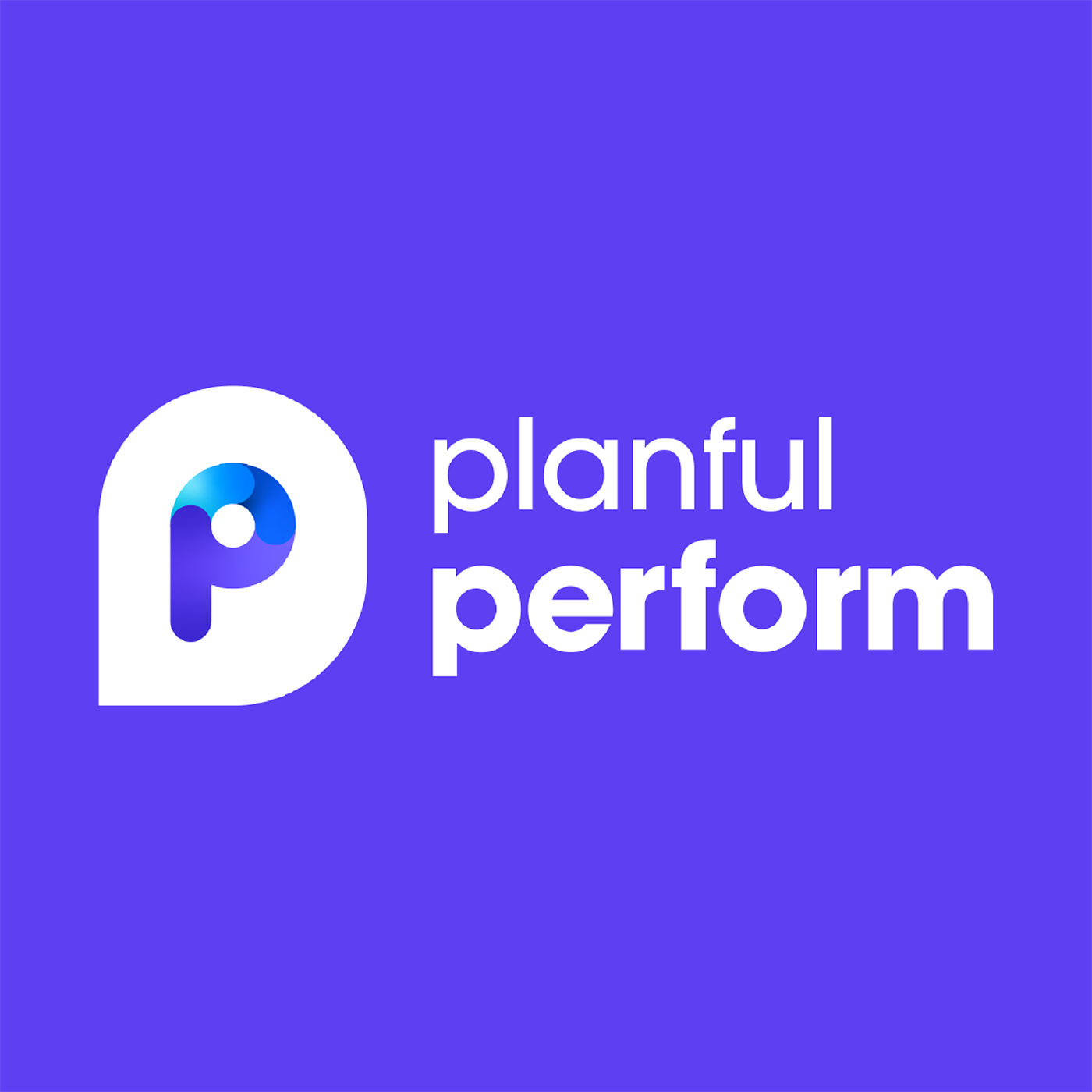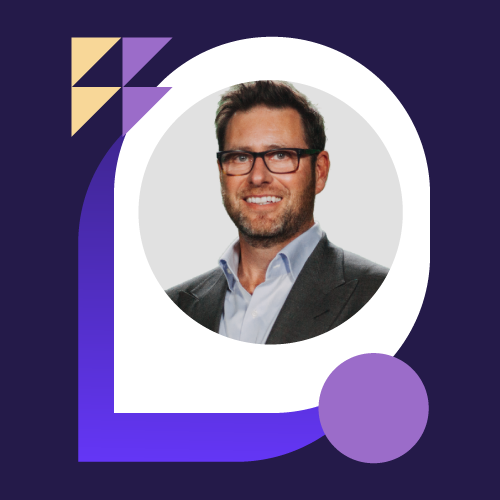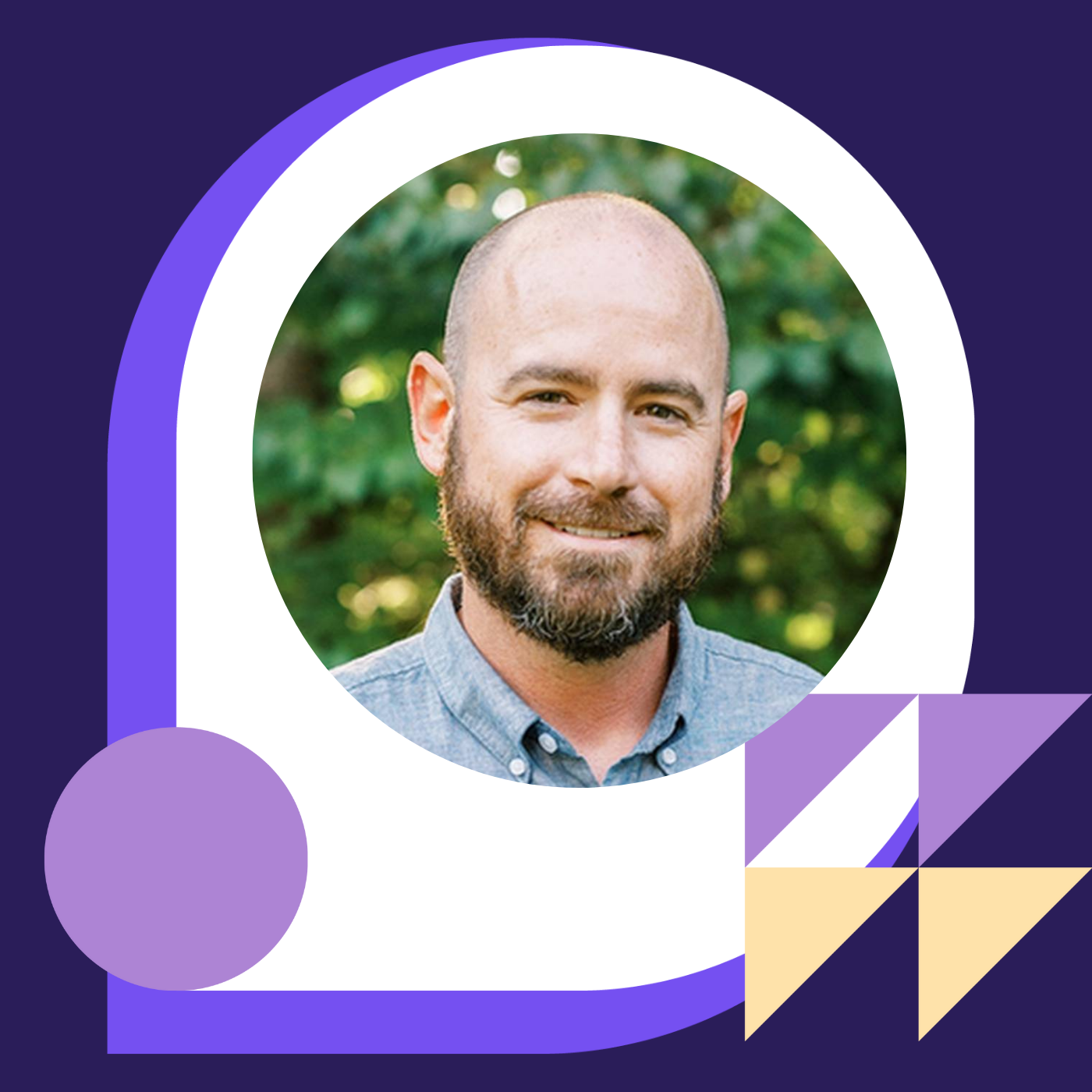Customer Panel with Abbott, Starkey, and Specialized Bicycles with Kimberly Simms
- 0.5
- 1
- 1.25
- 1.5
- 1.75
- 2
Kimberly: Thank you, Rowan and Annette. And hello everyone. It is truly great to be here. Before we bring out our amazing customers to start our panel, I wanted to just take a few minutes to share a little bit about the journey we have been on for the past few years focused on you, our customers. When Grant arrived on the scene a little over two years ago, one of the first things he did was to meet with our employees to establish our company values. And the overwhelming unanimous response across the company was that our number one value had to be customers. Everything we did needed to be done with our customers and their success at top of mind. Shortly thereafter, in 2020, it was decided to rename the company where our customer value could take center stage. Host Analytics became Planful, which was a name that was established based on some of the key characteristics and personalities of our customers. Thoughtful, methodical, and future- looking. Our customers are Planful by nature and work hard to ensure their companies are set up for success. A few months later, I was thrilled to be given the opportunity to arrive here at Planful. Grant shared with me the Planful values and that customers weren't just a bullet on a piece of paper, rather, a state of mind across all of the people that worked at Planful. His investment and the chief customer officer role was an indicator that customers really did matter. And I was thrilled to be given the chance to lead our customer champions organization and carry out our mission. For those of you that don't know me, I will quickly share with you that I have a true passion. Some would say an obsession for delivering value and creating experiences that matter with our customers. A little history about me is that I grew up with two teachers as parents, both that had an incredible ability to connect with their students. My dad had the joy of teaching Science to high school students and creating such a lasting memory with them that he became that favorite teacher. And I'm sure that we can all remember that too. Everywhere I went, students went recognize him and they always told him how he had made such an amazing impact on them. It was a similar experience with my mom's students as well. I learned from both of them, the power in connecting with people and understanding what was really needed to deliver success. And I've carried it through me for my entire career. Here at Planful, I am passionate about working with my peers and our entire organization to truly understand the journey that you all as our customers are on, to ensure that at each step along the way we are focused on delivering value and creating memorable experiences and success. I wanted to quickly share with you a few of the things that we've been working on. Last year, our professional services team rolled out a new way to deliver Planful following an agile implementation methodology called Planful Now. This approach and methodology has allowed us to go from delivering value from months to weeks. Getting our customers up and running and using Planful quickly on their most critical use cases. We have continued to evolve and enhance this approach. And just in the last month, we have been able to celebrate standing up multiple customers in just a few weeks with a fully loaded solution coupled with reporting capabilities. Getting customers up and running with Planful quickly is one of our main goals with the focus on self- sufficiency and accelerated time to value. We've also made a significant investment to grow our post- deployment services and both our customer success and support teams. Together we have more than doubled the size of these teams, yielding a 92% average CSAT over the last year. This investment in growing our team, coupled with technology and our support and community portals have been put in place to enhance your post- deployment experience and drive optimal adoption of Planful. In addition, we quickly adapted to the new state of work brought on by the pandemic and created an on- demand and virtual learning environment for all of our product training offerings. We wanted to ensure that we didn't skip a beat in providing the enablement our customers needed to be successful in our platform. We have seen thousands of registrations for these offerings from our community of customers and partners, excuse me. And finally, something that is very near and dear to my heart is ensuring that we are really taking the time to listen and carry your feedback into the direction of our product. You, the users of our product are the experts that help us make it better. In partnership with our product and engineering team, we've created cabs, webs and focus groups. And during tomorrow's product session, you will learn a little bit more about each of these. I'm excited to say that we aren't finished. There's definitely more to come and all of us here are incredibly excited to maximize your experience and outcomes with Planful. And when I say all of us, I mean, all of us. I wanted to take a minute to introduce you to our customer champions team. These are the faces of the eager and excited individuals ready to work with all of you. And these folks, coupled with an incredible partner network, share a mission of driving extraordinary outcomes and experiences together with you. So you've heard from me about how passionate Planful is about our customers. Now, let's talk with some of those amazing customers to hear about their experiences with Planful. I am thrilled and honored to bring out three of our customers. Nick Posthumus from Starkey, Faith Nobile from Abbott who's joining us virtually from Chicago and Barbara Schroeck from Specialized Bicycles. Come on out guys. So Faith, are you out there? All right. Welcome, Faith. Okay. So let's start with some basic introductions. Would each of you mind sharing your name of your company, your role, how long have you been a Planful customer and something fun, maybe what you wanted to be when you grow up? So Nick, why don't we start with you?
Nick Posthumus: Sure. So my name is Nick Posthumus. I work for Starkey. We manufacture and sell hearing aids globally. We have just over 5000 employees. We're based in the US but we have a global footprint. I have personally been at Starkey for two and a half years, and my core responsibilities are a corporate FP& A function and our enterprise analytics team. We've been with Planful since 2012. Initially, we rolled that out as just our core US business and within the last four years or so, we rolled it out to our entire company. So our global businesses, as well as our retail business, and it's been such a big change and such a positive thing to have everybody in the same system. So, that's been wonderful. As far as what I wanted to be when I grow up. When I was younger, I wanted to be an architect. I just have a passion for designing homes, things like that. But as I looked at universities, I was drawn to finance and business programs. So that's how I ended up here.
Kimberly: I think you're still using the architecture designing financial systems. I think that's great. And then yours that's incredible. Thank you. Barbara. How about you?
Barbara Schroeck: Sure. Thanks, Kimberly. Good morning, everyone. Happy to be here today. My name is Barbara Schroeck. I'm a finance manager with Specialized Bicycle Components. Specialize, designs, manufacturers, and markets bicycles and related cycling accessories. Hopefully some of you out there have our products and are fans of our brand. I've been with Specialized about 10 years and I was on the Planful or at the time Host Analytics Implementation team about five years ago. Currently my team manages and administers budgeting and forecasting as well as all internal financial management reporting within Planful across five worldwide regions. And what I wanted to be when I grew up, I guess like many young people, I had aspirations to do something really fun or cool, like maybe be a professional athlete. That was not in the cards for me so I landed in finance and I liked the structure, the organization and the, the challenging opportunities that we face.
Kimberly: Oh, that's great. I still think finance is pretty cool. All right, Faith over to you.
Faith Nobile: Hi, I'm Faith Nobile. I work at Abbott Laboratories, which is a worldwide healthcare company with many diverse product portfolio. I am in the$ 8 billion nutrition division of Abbott. You'll recognize some of our product brands, such as Ensure, PDLA, and Similac. I also have a specialized bike in my garage, so I recognize the brands from my colleagues here. Currently, I'm a senior finance manager working in the nutrition headquarters group dedicated to special projects. Right now we're working on a corporate write ERP strategy. Like Grant was talking about. We have many different ERP's across Abbott. As we look to consolidate those, we're excited to be able to... No matter what we do with the ERP, we can continue to integrate that with our Planful planning system that we have for our division. So that's something that I'm excited to move forward for my finance colleagues here at Abbott. I always wanted to be the VP of Engineering because that's what my grandfather was. He was a VP of Engineering for Union Tank Car Company. And I just thought that he was the best so I wanted to be like him. Then I realized that I didn't want to be an engineer so I went into accounting and now I really like the forecasting and the financial systems part of finance. And I feel like this is where I can give back to the company and to my colleagues. And I really am enjoying being able to do that with our Planful application at Abbott.
Kimberly: I love that. And I know that they appreciate that too. Thanks faith. That was great. Perfect. Well, let's move on and talk a little bit about how you guys use Planful today. So Nick, why don't you tell us how Starkey uses Planful?
Nick Posthumus: Sure. So at Starkey, we use Planful for our annual planning process and we also do two major forecast cycles a year, which we were just wrapping up our second one of the year right now. So we use Planful for that. We also keep a scenario open as much as we can so that our finance team can keep a real- time forecast going. So as they learn things, they're just constantly updating that. So that it's not just truly that twice a year where you're going in and reevaluating things. We also did our first ever long range plan earlier this year, we did that first cycle because we didn't know what it was going to look like entirely. We did that kind of manually in Excel and that was a very painful process. So we have already begun to put all the pieces in place to be able to do all of that within Planful this next time around. And I'm really excited to do that.
Kimberly: I love that, and I love that you're bringing it all into Planful. That's fantastic. That's great. Thanks, Nick. Barbara, you want to tell us a little bit about how you use at Specialized?
Barbara Schroeck: Sure. So we have a fullscope global implementation. We use consolidations structured and dynamic planning, workforce planning, and reporting. So our ERP system is Oracle and we push our results from Oracle into Planful. And Planful is our single source of truth for all of our worldwide financial results. We do all of our budgeting and forecasting within structured planning. And I would say we probably have about 80% of our workforce on workforce planning and for reporting. As I mentioned before, we do our internal management, financial management reporting in Planful, as well as our statutory reporting and a lot of ad hoc reporting within Planful. And then lastly, dynamic planning. We have a lot of use cases for dynamic planning. The one we implemented most recently is what we call a model that we call the Unconstrained Sales Forecast. And this is a model that our sales teams across the globe can go in and enter their detailed product level forecast by market.
Kimberly: That's fantastic. You're really able to maximize all angles of the product. That's fantastic. That's great. Thanks, Barbara. And Faith, how about you over at Abbott?
Faith Nobile: So at Abbott in our Nutrition Division, we use the PCR application for our global FP& A planning and reporting. And we have 350 to 400 users in the system worldwide. We operate in 60 different markets and 45 different ERPs. So we have a lot of information that gets brought together in order to do our management reporting, reporting up to our corporate and any analytics. We do similar to what Nick was saying. We have four cycles for our planning, which are current year and next year. And we do all of those within our Planful platform. We do have dynamic planning model for the US organization, which is a much lower level of detail than for international. We actually have that down to the PO and the customer level. That's working really well for our organization, integrating with SAP. So we're excited to try to bring more of that to our international countries as we move forward with our continued rollout.
Kimberly: That's great. Faith, thanks for sharing that. We're going to talk a little bit more about your experience rolling out global in just a little bit, so thanks for sharing that. That's great. So Faith and Barbara, this next question is for both of you. Can you guys tell us a little bit about some of the benefits you've been able to realize with Planful both expected and unexpected? Hello, Faith? Why don't we kick it off and have you start us off on this one?
Faith Nobile: So one of the things that we really expected to bring is a single source of the truth as Barbara said a moment ago. When they created the Nutrition Division on Abbott, they actually took the US organization and they took the international and pulled it out from pharma and put them together and said," Okay, now you're Abbot Nutrition." And they just did that on paper, but we had no systems to actually pull things together. So here we are. At that time, we were$ 6 billion division of Abbot, and we're pulling US and international together in Excel. So we knew that we were going to get one single source of the truth, which is amazing. We've done that but the other things that we've done is we have the level of detail to be able to do analytics, is more than we dreamed that we would have had at the beginning. Also the scenario planning, we're able to do exchange flexes to different exchange rates based on corporate requests very quickly, which used to take a lot of man hours in order to complete those. And the other thing that we found is since it is financed administered, we have a pulse to everybody who has access to the system. We know when somebody in Vietnam is new, we know when somebody leaves in Taiwan, we know around the world who is using the system and we're able to communicate to them. Very easily, we can pull lists of users right out of the system. And that was something that we didn't realize was going to be such a great benefit of being able to communicate with all of our current list of employees around the world that are using our finance system. So that's been huge for us.
Kimberly: That's great. So visibility, efficiency, single source of the truth. I love it. Great, great. Thanks Faith. Barbara. How about you guys?
Barbara Schroeck: Sure. So I think, for Specialized we use Planful as a single platform solution. Prior to Planful, we had a separate consolidations tool and a separate budgeting tool. So we spent a lot of time managing two sets of metadata, moving data, the budget data over to the consolidations tool and vice versa, just a lot of inefficient time there. So that's been a huge benefit is just having everything on a single platform in one solution saves us a lot of time. I think another benefit is just related to the general overall performance. Again, our prior systems were actually hosted on- prem and so performance was less- than- stellar, especially in the international markets. It was actually very slow and painful. And so with Planful, we've had zero performance issues in that regards. And the other nice benefit is, again with the hosted on- prem solutions, we would have a little bit of downtime when we had to apply patches or when we wanted the latest product upgrades. And with Planful we just get the product upgrades pushed out to us with very little to no downtime at all, which is a great benefit.
Kimberly: That's terrific to hear it. The power of SAS. That's great. Thanks, Barbara. Perfect. All right, Nick, one of the things I personally love to hear is when individuals are able to grow with their career with Planful. I understand that you've been able to see a lot of this at Starkey. Would you mind sharing with us?
Nick Posthumus: Sure. So at Starkey, we have a person on our corporate FP& A team. That's the primary Planful administrator, they spend... That can vary depending on the time of the year and if we're in a budget or forecast cycle, but they spend about half of their time fulfilling that role. And then the rest of the time, they're there doing management reporting. They're there supporting some of our SGNA functions. So when we hire for that role, we really look for somebody that is a well- rounded finance or accounting background, so that they can really wear many hats within our team. And what we've been seeing is that because that person is in that unique role, being able to see lots of parts of our business and being exposed to many of our finance teams, the last few people that have been in that role have now rotated out and are in other parts of Starkey within those finance teams and they're utilizing their expertise on Planful to really succeed in those roles. So it's been great.
Kimberly: That's a great change management strategy too. I have a feeling your recruiting lines are going to be a ray in here so thanks for sharing that, Nick. That's fantastic. So Barbara, you've mentioned that Specialized is looking to expand their use of Planful beyond finance with xP&A and AI using Planful predict. We'll love to hear a little bit about your vision if you could share with us.
Barbara Schroeck: Okay. So Specialized, I think like many finance organizations out there is undergoing a finance transformation. And part of that is we just need to move to a more integrated financial planning process. Our previous financial planning process was a fairly siloed approach. It was just finance. And we being a product based company, we need to make sure that we have the right product at the right place at the right time. So we've definitely realized we need to move to that more integrated approach. And in the last year or so, we've made some big steps. We've used dynamic planning to help us do that. I mentioned earlier that unconstrained sales forecast model. So that's a model again, that sales teams across the globe can go enter their forecasts at a very detailed product level by market. And then we have another similar model for which our product leaders in corporate can go enter their point of view on what that might look like. And then the last piece that we're going to pull in is our supply chain information. So what does our production capacity look like? What are our transit times and what are expected receipt dates for those products. And once we have all three of those things in finance, we can marry them together and come up with a consensus forecast, which will better inform our financial budget. So that's our vision. And I guess the last piece is how Planful predict would fit into that. Those sales forecast that I mentioned are thousands and thousands of lines long. And so we're really hoping that the signals tool can help us with identifying some of those anomalies or inconsistencies so that we can get a better forecast.
Kimberly: That's great. Music to our ears, combining all of those different lines of business together. That's fantastic. So that's great. Thanks so much for sharing, Barbara. Okay. Faith, this one's for you. You mentioned that Abbott is a global company and obviously, global companies come with some challenges, especially when you're rolling out a new technology. Can you tell us a little bit about your experience rolling out Planful at Abbott globally?
Faith Nobile: I would love to. So we started working with Planful in 2012. At that time I was in the supply chain organization for Abbott. And the key thing that the person that was working on the project was looking at was to try to streamline the processes before we went to the tool. So they spent quite a bit of time streamlining the processes and try to roll out the tool. And that's when I got brought on to the team. We found that it was so streamlined that it actually didn't work for the US or the international business. So we had to restart, relook at it. We started that in March. We worked together with, at that time the Host Analytics team, which were amazing. We found some real benefits before we'd even rolled it out of software as a service, because we had the agility to be able to switch gears, change the way we were going to do things. CFO Solutions was our integration partner, and they were amazing to work with. I'd highly recommended them, very knowledgeable on the system. And they worked together really well with the plan for the organization to really bring the most value to the company. So, we started our complete restart, refocus in March of 2013 and by September, we had our global organization, 60 markets, 300 plus people doing quarterly LVE's, starting Q3 of September, September of 2013 and through today. Every quarterly LVE we've done in Planful. And it has really made a huge difference for all the finance organization of being able to not have to worry about adding together a bunch of Excel spreadsheets and instead, you know the number now, you just have to speak to the numbers and bring the numbers to life, instead of trying to figure out what the numbers are. So it's made a really big impact for our organization and been able to streamline our processes across finance.
Kimberly: Great. No, thanks for sharing your experience with that. I know we have a lot of global companies out there and learning from you all goes a long way. So thanks, Faith. That's great. Okay, Barbara and Nick, this one's for you. I've spoken with a lot of finance teams out there and through the pandemic, and they have all had to accelerate their back office transformation initiatives. How have you and your companies adapted to the pandemic and how have you used Planful during this crazy time? Nick?
Nick Posthumus: Sure. Early on in the pandemic, our industry was hit really hard, as patients were either unable to or reluctant to come in the clinics to be seen, or fit for a hearing aid. So in that initial stage, we were in a very much a focus of doing weekly forecast on our revenue and reforecast, and seeing what trends we could see looking at any expenses that we could hold back on. We were doing that on the fly. Didn't really know how to handle it so we did it offline in Excel initially. That was extremely painful. We rolled that into Planful, after a few iterations and made everybody's life much easier. And then as things start to ease a little bit and people learn to live within the restrictions, and we saw the volume coming back into those clinics and the demand coming back up, it did still spotlight the need for us to take a look at our back office and restructure a little bit to really hit our longterm goals. And that has meant a slightly leaner team, both within and outside of finance, which is why having a tool like Planful that's so collaborative is really big for us because we're able to engage with business partners. They can do some of the forecasting, things like that, which takes burden off of our team.
Kimberly: Great. Oh, that's great. Well, I'm glad that you guys have been able to weather the storm of some efficiency and good things coming out of it. So, it's great. Thanks, Nick. Barbara, how about you guys at Specialized?
Barbara Schroeck: Like Nick, when the pandemic hit, our first reaction was," Okay, batten down the hatches," cut the forecast, cut expenses, all of that. But we quickly realized that the pandemic actually brought about a cycling boom. So, we were starting to see unprecedented demand for bicycles. People can no longer get into gyms. People were very reluctant to get on buses and trains, so they just wanted bicycles. So our previous planning process was pretty routine and we would do an annual budget and then we would do quarterly forecasts, but we quickly realized that we needed to pivot and accelerate the cadence on our planning. So again, we did that with dynamic planning. Again, that unconstrained sales forecast model that I mentioned, it's available real time to our sales teams across the globe. So as they see demand either increasing or decreasing for products within their market, they can go update their forecast. And we plan on having the product teams and our supply chain teams also doing that real- time update. So, again, finance can at any time, just pull that data down, drop it into a scenario, and then apply some different risks or opportunities and do some scenario modeling. And then we can present those cases to our leadership team as you risk your opportunity. So, for us, it just meant that we needed to be more flexible and more nimble, and the tool has allowed us to do that.
Kimberly: That's fantastic. Well, I think my family contributed to your boom. We're a Specialized family with five bikes. So thanks for sharing both of you. All, this is going to be our final question for today. I'd love to ask what would life be like for you and your teams without Planful? What can you do today that you couldn't do pre- Planful? Nick, you want to round us out here?
Nick Posthumus: Sure. I've worked at mid to large companies prior to my joining Starkey two and a half years ago. So I've used quite a few different tools. And one of the things that I noticed when I started at Starkey about Planful or then Hosts was that it was such a collaborative tool that allowed for those business partners to go in and contribute to that forecast process. And we have them going in and putting in their own numbers and then we review with them. Another thing I noticed is the reporting capabilities, just much stronger reporting than other tools I've used. And it allows for those same business partners to go in and really self- serve on the reporting. All of those things take things off of our team's plate so that we can spend more time on the truly value add things that we can do, and hopefully spend less time at work.
Kimberly: That's great. I love the collaboration with the business. I think again, you all are going to get a lot of phone calls. That's fantastic. It's a common vision. That's great. Thank you. Barbara?
Barbara Schroeck: I think for myself and for my team prior to Planful, we just spent a lot of time within the system doing system things, reconciling data, troubleshooting, updating templates, updating reports, all of those types of things. It was just a lot of system maintenance. And with Planful that just doesn't exist. There is some maintenance, but we don't spend nearly the amount of time that we used to within the system doing those things. So we can reallocate our time and our resources to the more value add activities that finance is supposed to provide in supporting the business.
Kimberly: That's fantastic. Terrific. Thank you. And Faith, how about yourself?
Faith Nobile: So similar to Nick and Barbara, we are just able to get to the information so much easier at the reporting that we're able to do in our offices here in Chicago. It helps us so that we don't have to go back and send lots of emails and collect data and wait for three days for it to come back. We get a request from our division president. We can turn it around in a couple of hours. We did that a few weeks ago, an 18 page slide back to him in a few hours where in the past we would have had to collect data from 20 different people. So it's really brought that value added that everyone is saying back to finance and give us a little bit of extra time where we don't have to add all those things together in Excel anymore. It's so much more efficient for our business. So it's been great for us.
Kimberly: That's great to hear. Well, thank you, Nick, Faith and Barbara, for sharing with us your Planful journey today. Your insights were a tremendous, and I know our entire audience appreciates your words of wisdom. And with that, that's a wrap for me. And I want to thank all of our customers out there for your continued partnership. We couldn't do it without you. I hope to see many of you in person in the not too distant future. And I hope you all enjoy the conference over the next two days.
DESCRIPTION
Join Kimberly Simms, Chief Customer Officer at Planful, as she talks with finance and accounting executives from Planful customers. The panel will share insights on leading through change, how innovation helps accelerate decision-making, and why Planful is a critical component of their finance transformation. Kimberly will also explain how Planful’s customer-centric mindset revolves around the continuous improvement of the end-to-end customer experience.
Today's Guests
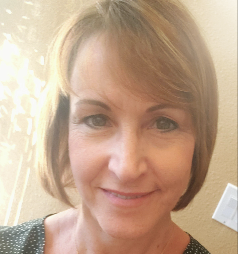
Barbara Schroeck
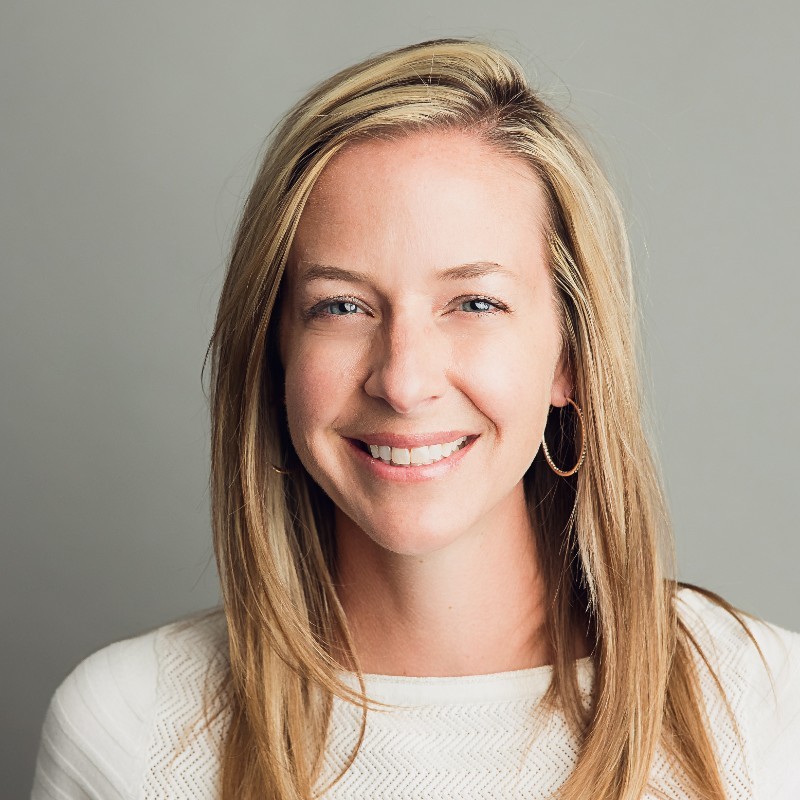
Kimberly Simms
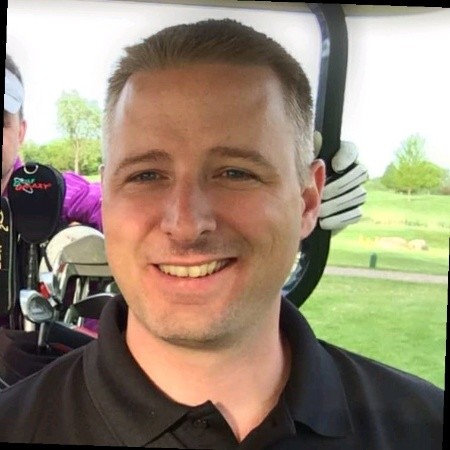
Nick Posthumus


